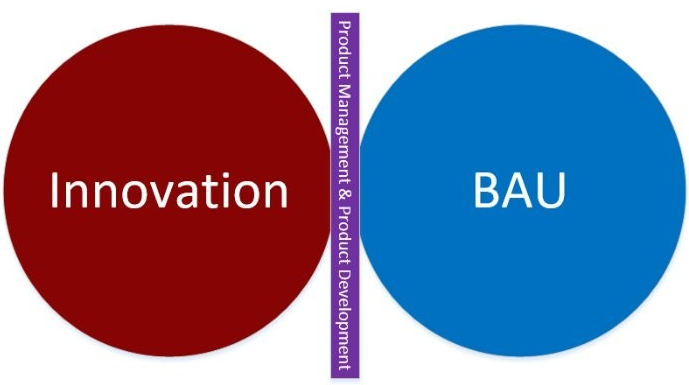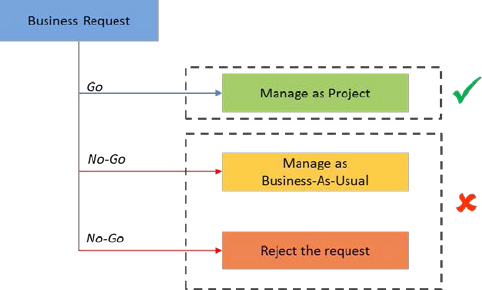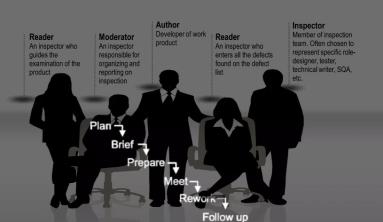Companies have become keenly aware that BAU - Business as Usual - is just not good enough any more. If you don't innovate you will cease to be, but most big organizations have difficulty managing the tension between progress (innovation) and risk avoidance (BAU). Product Management and Development is a key facilitator for this change, this is what makes the job so vital, exciting, challenging and, at times, stressful.
One key function for the Product organization is to orchestrate the balance between new and exciting while satisfying all the key stakeholders. We are empowered and must respectfully challenge the conservative parts of the organization to stretch out of their comfort zones. When we meet resistance ask that the risk be quantified and clearly articulated. Lean product management principles challenge us to distinguish between acceptable risk and those risks that must be mitigated or solved.

To what extent is your project ‘business as usual’ or ‘business unusual’? The answer to this question is more important than you might think. It has profound implications for success. That includes how you plan, manage, review and report on your project or initiative. It even has implications for how you organize those who will work on it.
A Tale of Two Projects/Initiatives
There is a fundamental duality at the core of successful projects and initiatives. It is that of ‘business as usual’ and ‘business unusual’.

The first is ‘Business As Usual’ Performance. That is the smooth and efficient operation of the business on a daily basis. The objective is to ‘run a tight ship’, leveraging existing processes, systems/technologies in support of existing customers, products and channels. It is quite literally business as usual, with performance being measured in terms of predictability, visibility and control.

Business as usual is the usual products and services delivered to the usual customers and markets, by means the usual processes and systems and through the usual channels and business models.
With business as usual the objective is to protect and leverage core products, capabilities and processes for maximum revenue and profitability for as long as possible – with the focus on meeting targets, especially in the short to term. There may be some optimization along the way, but efficiency and control are the order of the day.
Is your Project ‘Business Unusual’?
The second type of performance is ‘Business Unusual’. This is the type of innovative and entrepreneurial performance, that takes the business is a new direction – new customers, markets, technologies and business models.

Business Unusual creates new processes, technologies and channels. In terms of performance, it requires creativity, experimentation and innovation. So the type of behaviors required can be unusual too – creativity, risk-taking, flexibility and fast learning.
When the Traditional Approach Won’t Work
When it comes to Business as Usual, then traditional project or performance management may well meet your needs (see the left column below). In particular, your need for predictability and control. But if your aim is to foster speed, agility and innovation – to ‘stir things up’ – then traditional project or performance management will likely stop you in your tracks.

| Business As Usual | Business Unusual |
|---|---|
| Steady as she goes | Let’s stir things up |
| Stability & predictability | Uncertainty & disruption |
| Management & control | Speed & agility |
| Marginal gains in efficiency | Big-leaps of innovation |
| ST, MT – ‘meet the number’ | Long Term – ‘next bounce of the ball’ |
| Minimize risk – Follow the rules – repeat what worked in the past – apply the ‘proven formula’ | Re-write the rules – Experiment, learn & adapt – The risk is to not change |
| Protect existing product & channel revenue | Develop new products, channels & markets |
| Run the business – work in the business | Change the business – work on the business |
Most important projects are Business Unusual and that is what makes them strategic. But if you manage your strategic project as if it were ‘business as usual‘ (BAU) problems are likely. It will likely stifle speed and agility, as well as collaboration and innovation.
This BAU approach is often reflected in a traditional linear approach to project management where waterfall methods or at least Gannt Charts put the focus on control rather than agility or innovation. In many cases the problem is that those responsible for critical projects are expecting their projects to run smoothly, when at least a certain amount of turbulence is required for innovation.
Read on: Business-As-Usual (BAU) Testing
Via Growth Pitstop






